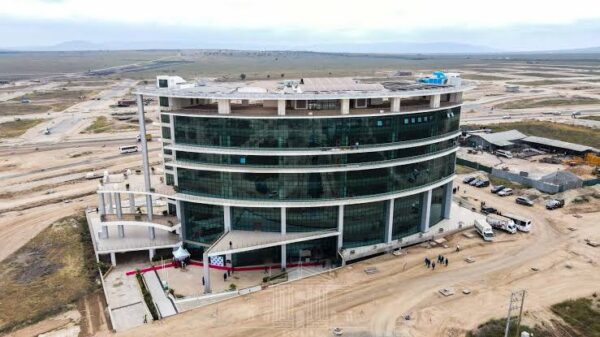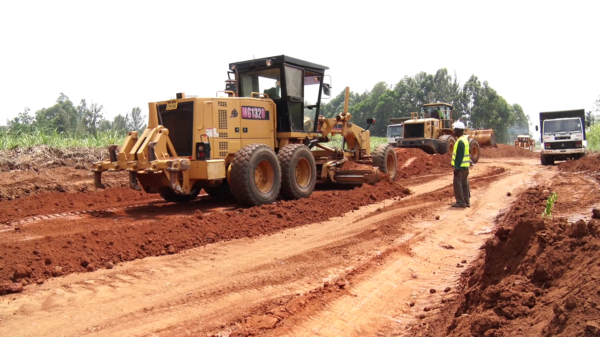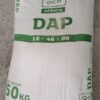NAIROBI, Kenya, Apr 6 – The eagerly anticipated submarine fibre optic cable is becoming more of a reality than a dream as projects near completion.
SEACOM have confirmed that they would be ready by July 1, 2009 while The East African Marine System (TEAMS) has October as their new estimated date. The Eastern Africa Submarine Cable System (EASSy) is due sometime in 2010.
Apart from these three projects, there are several operators laying down terrestrial fibre within Kenyan Urban Centers and between them. These include Kenya Data Networks, Jamii Telecom Limited, AccessKenya, Wananchi Online, Telkom Kenya, and several others.
These projects will definitely improve Kenya’s communication and global competitiveness.
According to John Walubengo, a lecturer at the Multimedia University College at the Kenya College of Communications Technology, the undersea cable is expected to replace satellite communication as the country’s dominant international traffic carrier.
“This means that international voice, data and video communication would shift onto the undersea fiber cable,” he explains.
Fibre cable communication is technically superior to satellite in terms of quality, reliability and speed times. Generally, internet communication would be expected to be faster, higher quality and more reliable.
In addition, voice communication and related industries such as business process outsourcing (BPOs) would stand to benefit.
“Educational institutions can be expected to research and teach better when the Internet improves while media houses can also broadcast over the new platform and give their customers a better experience since they could channel their content over fibre as opposed to through the air-waves,” Walubengo adds.
According to various reports, Europe and America have a well-developed terrestrial fibre that allows broadcasters to push content within their domestic market. However, Kenya’ s terrestrial fibre is unlikely to reach those levels in the next five or even 10 years and so it is unlikely that Kenyan consumers will be having Cable TV type of content in a large way.
Walubengo notes that the arrival of the undersea cable will not have an impact on such a market since it is outward looking rather than “domestic” looking. On the other hand, broadcasters can still digitise their content and move it online to better serve an increasingly Kenyan diaspora market.
Already some local Television and radio stations have embraced this in a bid to reach their target audience abroad. “The opportunity is there but the market would be international rather than domestic,” he adds.
From a local perspective, connectivity will improve meaning that internet users will have more reliable internet. However, Walubengo, notes that Internet penetration may not necessarily grow with the arrival of the undersea cable.
Walubengo notes that Internet penetration is a factor of local content and unless local users have a motive to go online to access places and platforms such as the government, business and other data, Internet penetration will remain challenged.
Some of the advantages of the undersea cable include the ability to produce better, faster and higher quality of communication as they can be used over great distances due to their high bandwidth properties thus making them better security for data.
Fiber cables have a long economic span of over 20 years compared to satellite whose span is about 15 years.
Disadvantages include the fact that fiber optics are expensive and difficult to install as a last-mile solution among households as compared to satellite. The cables are more fragile than wire, requiring highly specialised and expensive tools.



































